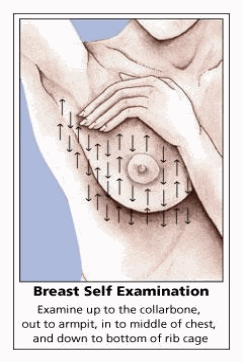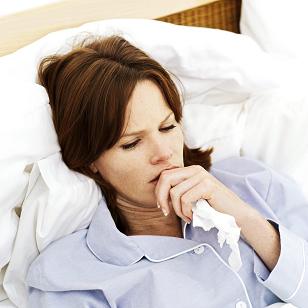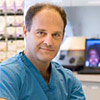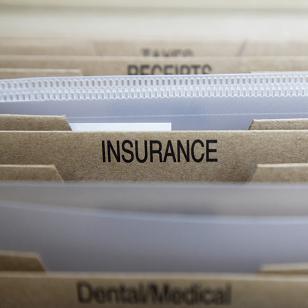 Brunch is the perfect time to eat healthy. From fruit to whole-grain muffins and Canadian bacon to turkey sausage, an endless variety of food works for brunch. We’ve come up with a dozen delicious options to help you stay on your healthy eating plan.
Brunch is the perfect time to eat healthy. From fruit to whole-grain muffins and Canadian bacon to turkey sausage, an endless variety of food works for brunch. We’ve come up with a dozen delicious options to help you stay on your healthy eating plan.
Multi-grain pancakes and waffles contain anything you want them to: oat, buckwheat, whole wheat, cornmeal, flax seed, or spelt. Use whole grains as much as possible, and don’t be afraid to add blueberries to those pancakes!
Whole-grain muffins give you the texture and taste you want in a healthier package. Use applesauce or mashed bananas to replace the fat during cooking, and use all-fruit spreads or nut butters on top.
Turkey bacon and sausage add low-fat protein and delicious flavor to quiches, casseroles, and scrambles.
Smoothies are the perfect way to blend your favorite fruits with protein powder, juice, yogurt, or even ice cream. Try several recipes, as there are hundreds of ways to make a tasty smoothie.
Tofu can replace meat in almost any dish. It can also be marinated and barbecued or used in place of cheese.
Canadian bacon has incredible flavor and one-third the calories of regular bacon. It’s also much lower in fat and sodium.
Vegetables of any kind add nutrition, color, and flavor to egg dishes, salads, and side items. Omelets and quiches are an ideal place for a variety of veggies. Try to eat as many different colors as possible to ensure you’re getting the full spectrum of antioxidants and nutrients.
Fruit is a brunch favorite and is used for everything from fresh-squeezed juice to tarts. Like vegetables, be sure to eat a variety to take advantage of the excellent nutrition fruit offers.
Nut and fruit butters and all-fruit spreads are healthy substitutes for butter and high-sugar jellies and jams. Choose from all-natural peanut butter, almond butter, cashew butter, apple butter, and spreadable fruit. All are available in stores, but read labels carefully: nut butters should have only one ingredient: the nut itself. Ingredients on the fruit butters and spreadable fruit will vary, but there should be only a few ingredients with no added syrup, sugar, or oils.
Quiche is a delicious, healthy main course, perfect for any type of food you want to put in it. Eggs, vegetables, meat, cheese, and tofu are common ingredients, and quiche invites experimentation with flavors, ingredients, and spices. A casserole is also a good option for a quick and easy brunch dish.
Wild or game meat adds unique flavor and healthy protein to any dish. Game is naturally low in fat, and does not receive antibiotics or hormones. Game meat includes venison, elk, bison, moose, alligator, and wild boar.
Real eggs are one of the healthiest foods you can eat and full of protein, vitamins, and minerals. Eggs are versatile and can be cooked a number of different ways: fried, scrambled, sunny side up, hard- and soft boiled, and poached.
Keep in mind that how you cook and serve is just as important as what you cook and serve. Stay away from partially hydrogenated oils, such as margarine. Coconut oil and olive oil are good choices for both cooking and serving. Real butter, low-sugar syrup, and cream cheese in moderation add a delightful taste to the table. And of course, stay away from high-fructose corn syrup.
Like us on Facebook for more healthy eating tips.














